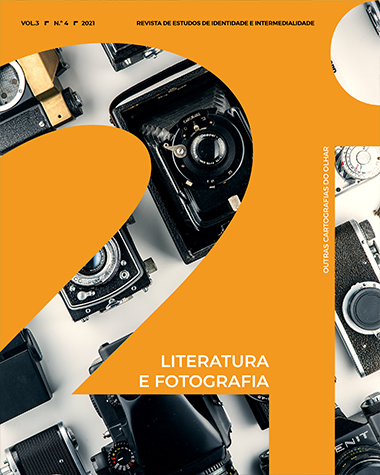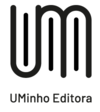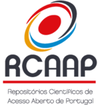Colonialism depurated through the look
Visibilities and invisibilities in Diamang photography
DOI:
https://doi.org/10.21814/2i.3461Keywords:
colonial photography, historical truth, visual discourse and rethoric, alterity, subalternity, Portuguese colonialismAbstract
Photography and its relationship to a longed-for historical truth has been complex. Looking at it as a mere document-source, ignoring its subjective dimension, does not correspond to an approximation to the totality of its discourse, denoted and connoted, and its rhetoric. Therefore, we will look at photography as a process of intentional construction of truths, discourses and narratives with political, cultural, social and economic objectives. Basically, we’ll start from the idea that the image produced is always the result of power relations existing in the society in which it is fixed and for which it is intended.
In this article, we propose to reflect on this tension between the objectivity and subjectivity of image based on the study of colonial photography produced by Diamang services. In it, trying to think about the visibility-invisibility dichotomy and testing concepts such as alterity, subalternity and domination, we will also advance with a proposal for classifying and reading Diamang's visual narrative, focusing on six example images.
Downloads
References
Barthes, R. (1986). Lo obvio y lo obtuso: Imágenes, gestos, voces. Barcelona: Editorial Paidós.
Berger, J. (2013). Para entender uma fotografia. São Paulo: Companhia das Letras.
Chaudhary, Z. R. (2012). Afterimage of empire. Minneapolis: University of Minnesota Press.
Burke, P. (2016). Testemunha Ocular: O uso de imagens como evidência histórica. São Paulo: Editora UNESP.
Flusser, V. (2013). Filosofia da caixa preta: Ensaios para uma futura filosofia da Fotografia. São Paulo: Annablume.
Hays, P., Minkley, G. (2019). Ambivalent: Photography and visibility in African history. Ohio University Press.
Jäger, J. (2018). Elective affinities? History and Photography. In Helff, S., Michels, S., Global Photographies: Memory – History – Archives (pp. 39–55). Bielefield: Transcript Verlag.
Jerónimo, M. B.; Monteiro, J. P. (2013). Das “dificuldades de levar os indígenas a trabalhar”: O “sistema” de trabalho nativo no império colonial português. In Jerónimo, M. B., O império colonial em questão: Poderes, saberes e instituições (pp. 159–249). Lisboa: Edições 70.
Landau, P. S.; Kaspin, D. D. (2002). Images & Empires: Visuality in Colonial and Postcolonial Africa. Berkely: University of California Press.
Mezzadra, S. (2018). Modos de Ver: Du Bois e Fanon. In Sanches, M. R., Descolonizações. Reler Amílcar Cabral, Césaire e Du Bois no Séc. XXI (pp. 109–126). Lisboa: Edições 70.
Nietzsche, Friedrich (2008). Sobre a verdade e a mentira. São Paulo: Editora Hedra.
Porto, N. (2009). Modos de objetificação da dominação colonial: O caso do Museu do Dundo, 1940-1970. Coimbra: FCTUC.
Roberts, J. (2014). Photography and its violations. Nova Iorque: Columbia University Press.
Ryan, J. R. (2018). Introdução. Fotografia Colonial. In Vicente, F. L., O império da visão: Fotografia no contexto colonial português (1860-1960) (pp. 31–42). Lisboa: Edições 70.
Sekula, A. (2013). Sobre a invenção do significado da Fotografia. In Trachtenberg, A., Ensaios Sobre Fotografia: de Niépce a Krauss (pp. 387–410). Lisboa: Orfeu Negro.
Sontag, Susan (2008). On Photography. London: Penguin Classics.
Varanda, Jorge (2012). Filhos, enteados e apadrinhados: Discursos, políticas e práticas dos serviços de saúde da Diamang, Angola. Antropologia Portuguesa, 29(141–165).
Vicente, F. L. (2013). Fotografia e colonialismo: para lá do visível. In Jerónimo, M.B., O império colonial em questão: Poderes, saberes e instituições (pp. 423–453). Lisboa: Edições 70.
Downloads
Published
How to Cite
Issue
Section
License
Copyright (c) 2021 Bruno Madeira, Filipa Rodrigues

This work is licensed under a Creative Commons Attribution-NonCommercial 4.0 International License.


.jpg)










